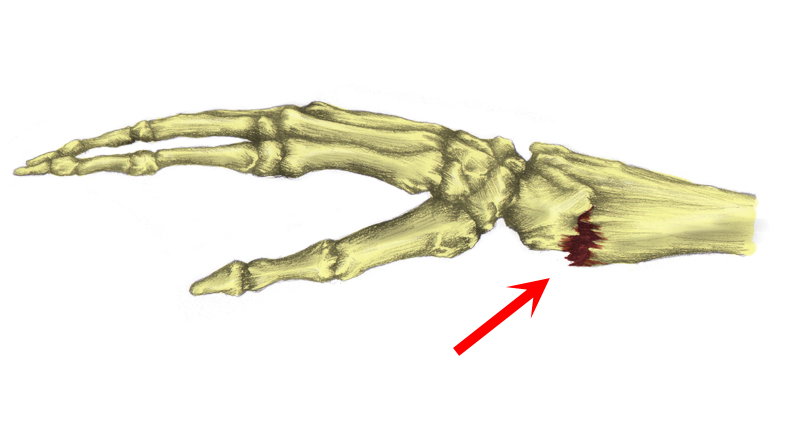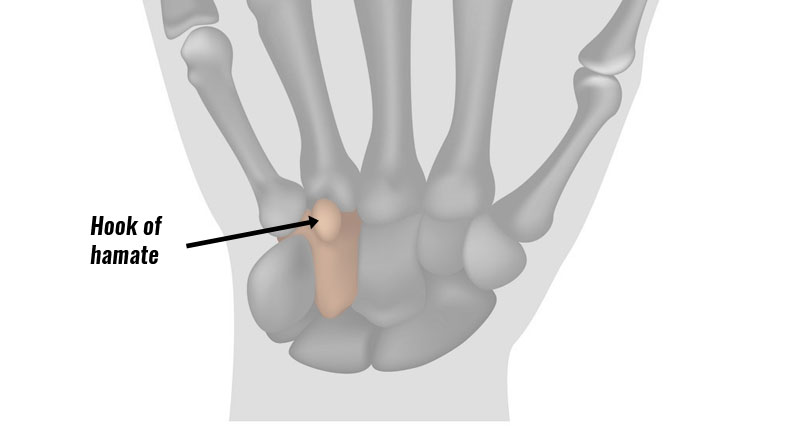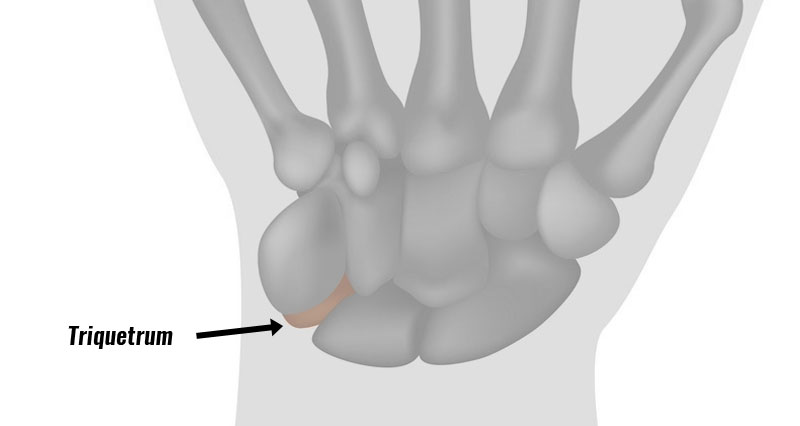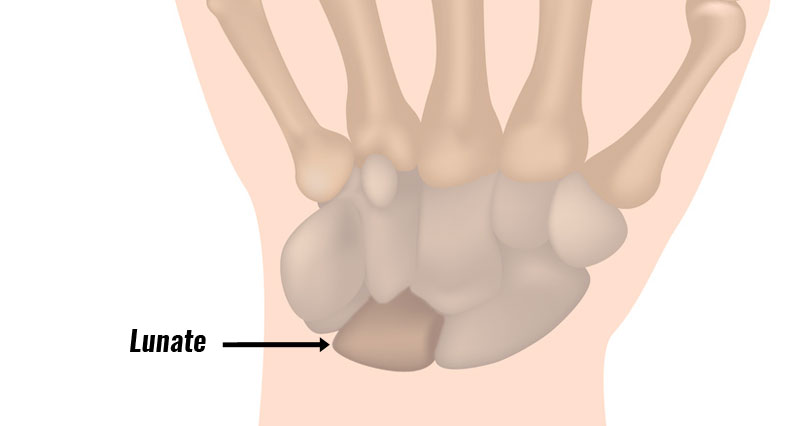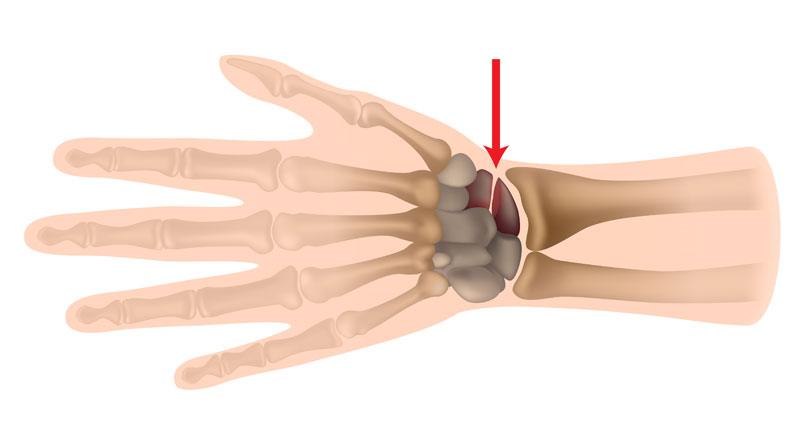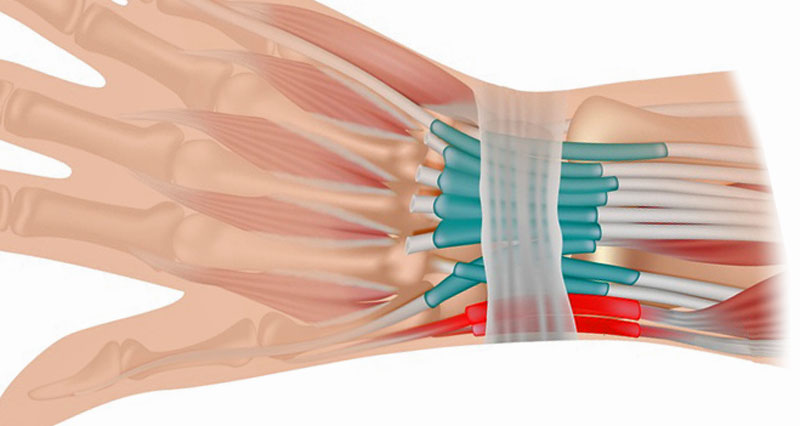A sprained wrist is an injury to any of the ligaments which connect bone to bone in the wrist. Wrist sprains are common in sports. Falling onto an outstretched arm is a common cause.
Sprained wrist symptoms
- Symptoms of a wrist sprain vary depending on the extent and the location of the sprain
- Sudden pain in the wrist at the time of injury
- In more severe sprains, you may feel a tearing or popping
- Pain when trying to move your wrist
- A tender spot over the damaged ligament
- Mild swelling could be visible and bruising might develop in more severe injuries
A doctor will assess the wrist, looking for swelling, bruising, deformity, tenderness, pain in movements, etc. They will also ask about how the injury happened and any previous injuries to the area. An X-ray or MRI scan rules out a broken wrist and indicates the extent of your injury.
It is important to get all but the mildest of suspected wrist sprains assessed. Even a minor sprained wrist can result in prolonged and recurring pain and disability.
What is a wrist sprain?
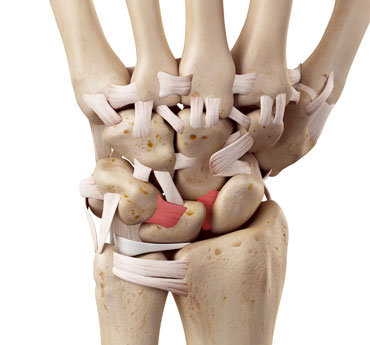
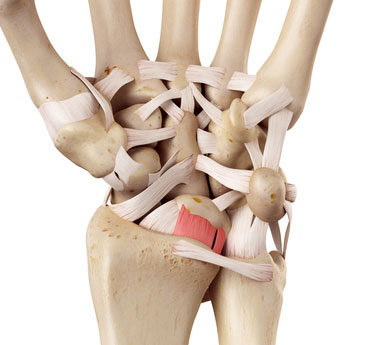
A wrist sprain is a tear, stretching, or any of the many ligaments in the wrist. It is quite a common injury, which may occur after a fall onto an outstretched hand. The wrist usually bends too far forwards or backwards. Wrist sprains don’t usually occur as overuse injuries.
Gradual onset of wrist pain is more likely to be due to RSI or repetitive strain injuries such as carpal tunnel syndrome or tendonitis.
How bad is my wrist sprain?
Wrist sprains can vary in severity depending on how bad they are.
- A mild or grade 1 wrist sprain may involve the ligament being stretched.
- Moderate or grade 2 injuries are partial tears of a ligament.
- Severe grade 3 injuries are full ruptures of one or more ligaments. Grade 3 injuries may also involve an avulsion fracture where a fragment of bone is pulled off with the ligament.
Sprained wrist treatment
Most wrist sprains can be treated initially at home using the PRICE principles of protection, rest, ice, compression, and elevation.
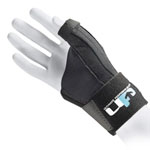
Thumb Supports
- Protect your sprained wrist from further damage. Wear a wrist support or splint to protect the joint and reduce movement.
- Rest is very important. Do not keep using the wrist as this will only cause additional damage.
- Apply ice or another form of cold therapy as soon as possible to reduce pain, swelling, and inflammation. Repeat every 2 hours. A simple hot/cold compression wrap is ideal.
- Using a compression bandage or support helps reduce swelling. The sooner you apply it the better. Cohesive tape or bandage is ideal as it is elastic and sticks to itself. Do not leave a compression bandage on for more than 10 minutes at a time as it may restrict blood flow.
- Raising or elevating the wrist above the level of the heart will also help reduce swelling and encourage excess fluids to drain away.
- After the acute stage wrist taping can provide additional support and protection.
Severe wrist sprains
- More severe injuries may require immobilization in a splint for 1-2 weeks to allow the ligament to heal.
- After this period the wrist may feel stiff so a mobility and stretching program is important to get the wrist moving again.
Exercises
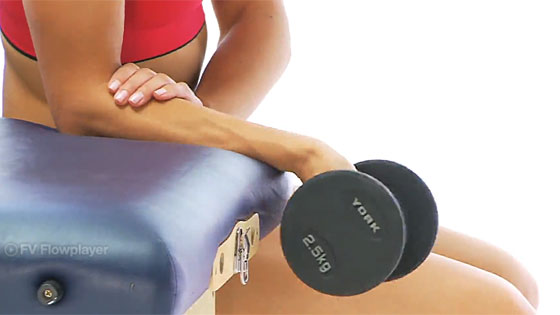
Perform wrist strengthening exercises to strengthen the muscles surrounding your wrist. This helps to support the injured ligament.
Surgery
If you have a total ligament rupture then you may need surgery to re-attach the ligament to the bone.
If you have a wrist fracture then you may need wires or pins to fix it in place while it heals. After surgery, you wear a cast or splint for around 6 weeks. After which begin the full wrist mobility and strengthening program.


